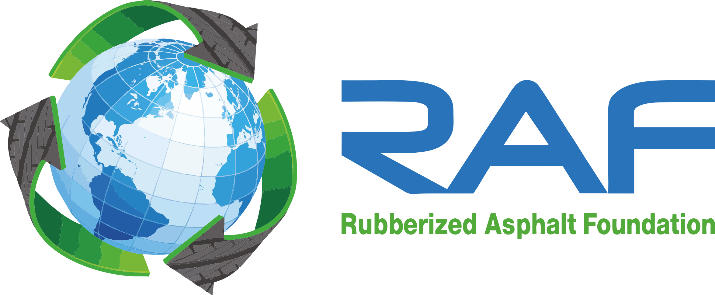In South Africa, in association with Technical University Delft, Netherlands, fundamental research focusing on behaviour modelling and performance prediction of road surfacing seals is being undertaken. This paper focuses on the aspects pertaining to Bitumen Rubber modified road surfacing seals. The objectives of the paper are to present highlights of the research, providing insight to the performance test findings and the current methodology of behavioural modelling of rubber modified binders.
To enable a fuller understanding of the behaviour of seals, a modelling process at micro- mechanic level was required, with associated laboratory and field performance testing. This led first to the investigation of the behaviour of seals under accelerated and laboratory environments. As part of the process, the behaviour of unmodified bitumen and bitumen-rubber under these conditions was assessed, and aspects from this study are provided in this paper highlighting the behaviour of bitumen rubber under the current design methods. The paper first evaluates the critical factors in the design of seals, and the mechanisms and modes of seal failure, in order for performance of the seals to be measured. The experimental programme is presented which consisted of testing with the one-third scale Model Mobile Load Simulator (MMLS3), as well as the Hamburg wheel tracking test (HWTT). Results are then presented and findings discussed. It was found that the key to good seal performance is the greatest possible binder application rate without resulting in flushing or bleeding, with the postulate that seal performance is more
dependent on the higher binder application rates, rather than the improved qualities of the binder (but consider always highest possible binder application rate is directly dependent on binder quality).
The status of modelling the modified seals is presented, particularly modified bitumen binders (with postulates to that of bitumen rubber). The modelling is focussed on the determination of fundamental engineering properties (visco-elasto-plastic response models) of different binders through ageing, different temperature/moisture regimes and loading types, modelling of the base (support, penetration) and different seal types. Research is ongoing and further development of the model, plus characterization of binders, including bitumen rubber, is included in this national research project.
